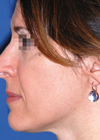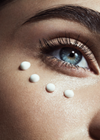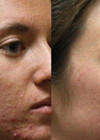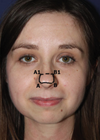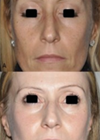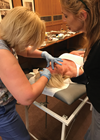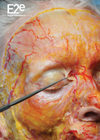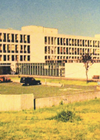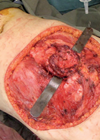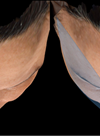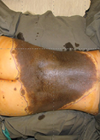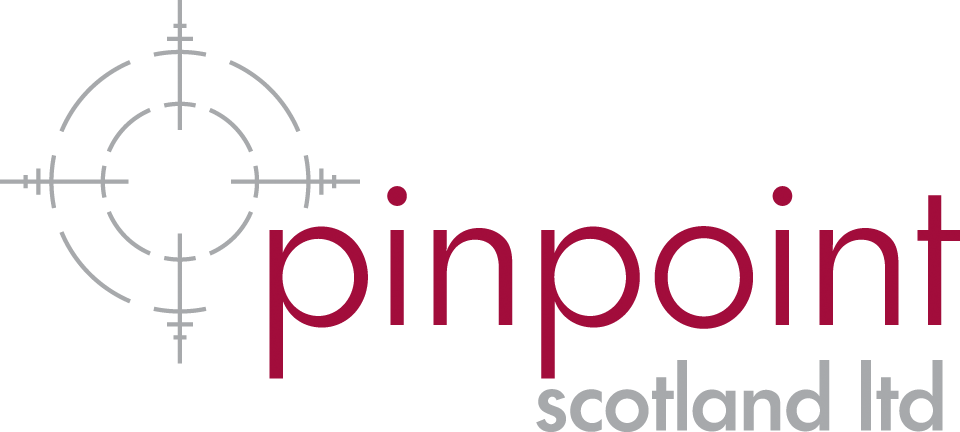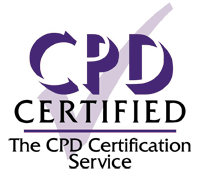Features
The importance of continuing professional development in rhinoplasty
The PMFA Journal team invited two world-renowned rhinoplasty surgeons to reflect on the importance of life-long learning in their chosen specialty. The vital role of continuous surgical training in rhinoplasty By Pietro Palma Rhinoplasty can be a most rewarding operation...
Behind the scenes of MZ Skin
Facial Aesthetics and Oculoplastic Surgeon Maryam Zamani takes us on her journey from the vision of creating a scientifically backed skincare range for women to the reality of her brand, MZ Skin, being launched onto the shelves of Harrods. We...
Oral supplementation for skin health and rejuvenation
Lauren Jamieson explores the increasing evidence behind the role of supplements in skin health – an exciting development in the world of aesthetic medicine. The fact that lifestyle factors – and diet most especially – have a profound influence on...
Closed rhinoplasty Serdev techniques
Why is rhinoplasty so important? Facial beauty and harmony are dependent on correct aesthetic angles, volumes and proportions. The complex face is properly divided into three equal parts: forehead, nose, and lower part (where the upper lip forms a ratio...
Laser and light-based treatments for pigmented lesions
The authors detail the types of lasers and light-based devices that can be used in the treatment of epidermal and dermal pigmentations. Skin colour differences have, for centuries, been associated with the economic, political and social status of a person;...
Real-world use of telemedicine – a picture is worth a thousand words
Recent advances in mobile phone camera technology and app software design have allowed photos of patients and their wounds to be sent from any smartphone to a secure NHS database, which can then be accessed by the relevant clinician with...
The applications of mesotherapy in aesthetic medicine
Mesotherapy is a modern form of therapy that consists of injecting medicines, vitamins and minerals as close as possible to the area that needs treatment. It is an astonishingly effective technique in aesthetic medicine as it treats layers of the...
Filler complications: is there a way to prevent vascular compromise with 3D-anatomy?
The use of facial filler injections has increased dramatically over the last 10 years and so has the incidence of complications. The main and most serious adverse event is vascular compromise. The most feared consequences are devastating: blindness, skin necrosis...
Canniesburn: 50 years at the forefront of plastic surgery
Past and present colleagues and friends recently celebrated 50 years of the Canniesburn Plastic Surgery Unit, with scientific meetings held at The Royal College of Physicians and Surgeons in Glasgow. Friendships were renewed and memories of being part of the...
Reconstruction of complex wounds in the trunk and pelvis (part 2)
In this second part of this two-part article we begin by looking at component separation which is a technique of reconfiguring anatomical layers to allow intrinsic reconstruction of the integrity of the anterior abdominal wall. We then move into the...
3D photography in facial rejuvenation
The term ageing is widely used to denote a series of changes that are clinically observed over time. Throughout the ageing process, the cell renewal capacity becomes slower. The fibroblast, which is the main cell of the dermis, undergoes a...
Reconstruction of complex wounds in the trunk and pelvis (part 1)
This is the first part of a two-part article looking at the challenges of reconstruction of complex defects in the torso. The articles are based on a presentation given at the World Union of Wound Healing Societies held in Yokohama...


